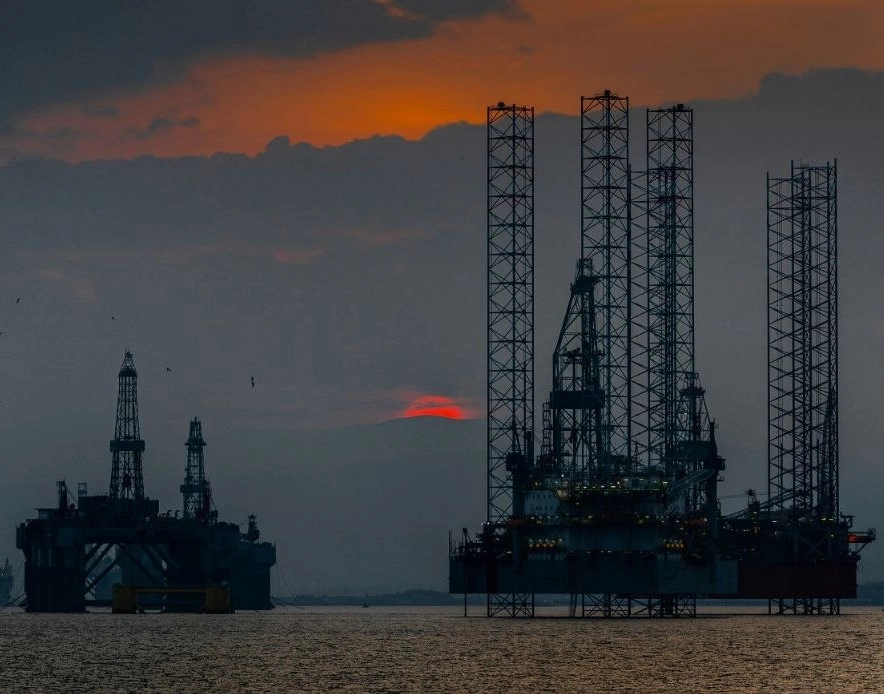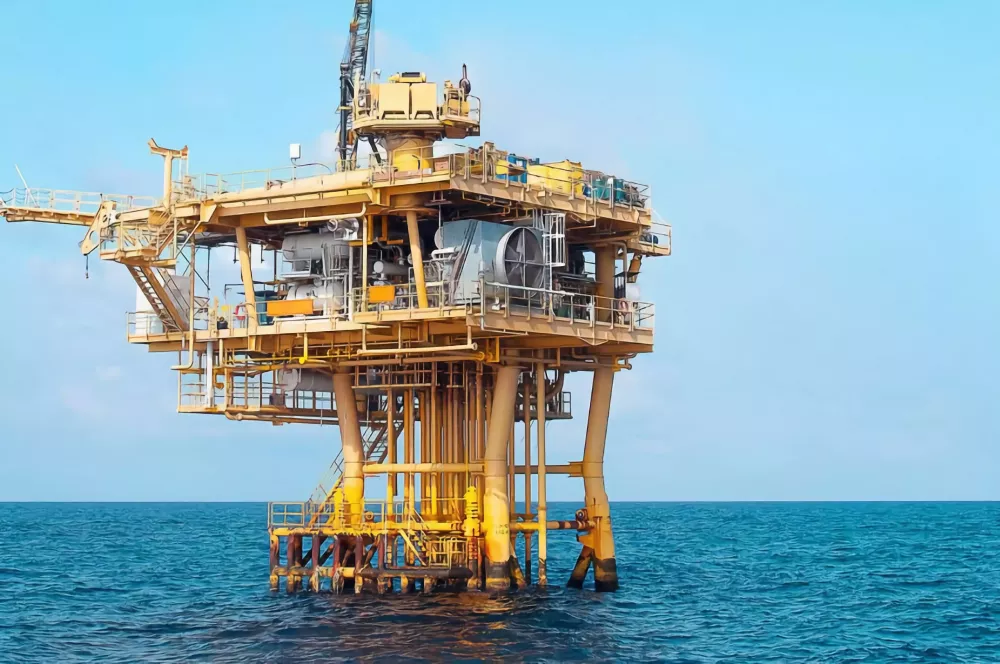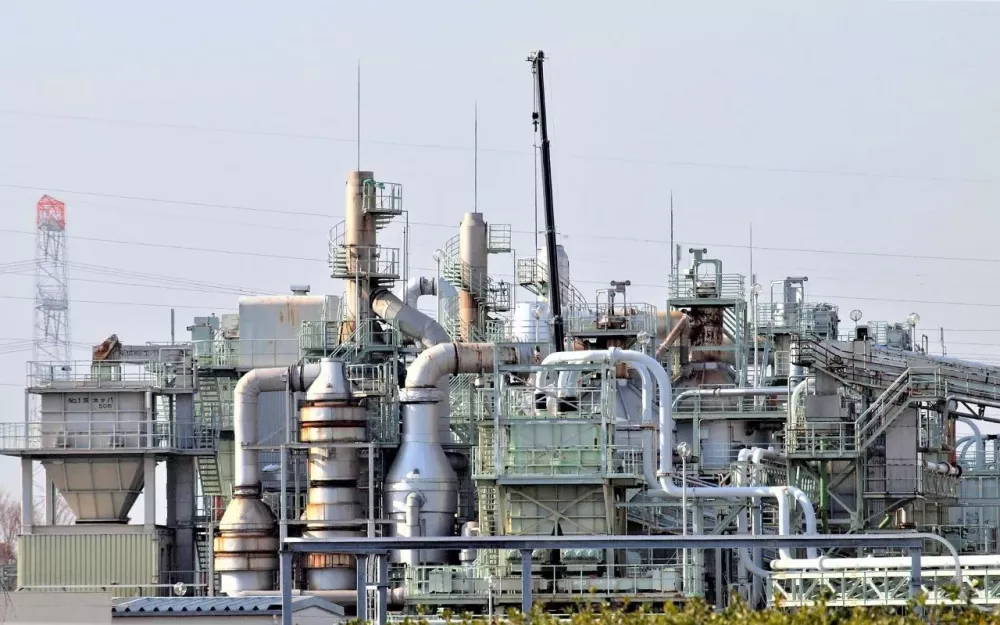The Role of NDT Equipment in the Oil & Gas Industry
Addressing industry-specific inspection challenges
The oil and gas industry faces a myriad of challenges due to the harsh environments and demanding conditions in which it operates. From offshore platforms and deep-sea drilling rigs to onshore processing facilities and remote pipelines, equipment is subjected to extreme temperatures, high pressures, corrosive substances, and abrasive materials.
These conditions necessitate rigorous and reliable inspection techniques to ensure equipment integrity and operational safety.
Critical inspection areas:
Pipelines and pressure vessels: Pipelines used for transporting oil and gas must endure significant internal pressures and external environmental stressors. Pressure vessels, which contain fluids or gases at high pressures, are equally vulnerable to stress and corrosion. Detecting weld defects, metal fatigue, and corrosion in these components is essential to prevent catastrophic failures and maintain continuous operation.
Drilling equipment: Equipment such as drill bits, drill pipes, and blowout preventers are subjected to extreme operational stresses. These components are prone to wear, cracking, and deformation due to the high pressures and abrasive materials encountered during drilling. Regular inspection is crucial to ensure their reliability and safety.
Offshore platforms and rigs: Offshore platforms are exposed to saltwater corrosion, extreme weather conditions, and operational wear. The structural integrity of these platforms, including support legs and floating structures, must be meticulously monitored to prevent accidents and environmental damage.
-
Refineries and processing facilities: In refineries, equipment like heat exchangers, reactors, and distillation columns operate under high temperatures and corrosive conditions. Detecting issues such as metal fatigue, erosion, and coating degradation in these components is vital for maintaining process safety and efficiency.
-
Refineries and processing facilities: In refineries, equipment like heat exchangers, reactors, and distillation columns operate under high temperatures and corrosive conditions. Detecting issues such as metal fatigue, erosion, and coating degradation in these components is vital for maintaining process safety and efficiency.
Traditional inspection methods can be invasive and disruptive, often requiring equipment to be taken offline or dismantled, which results in costly downtime. Additionally, the challenges of accessing remote and hazardous locations complicate conventional inspection techniques. For instance, inspecting underwater pipelines or offshore rigs poses significant logistical and safety challenges, making on-site inspection even more complex.
TEQTO's solutions for oil & gas inspections
TEQTO’s advanced non-destructive testing (NDT) equipment is designed to overcome these industry-specific challenges effectively.
Metal hardness testers: Our metal hardness testers, utilizing Combined Testing Methods, UCI Testing Method, and Leeb Testing Method, provide crucial data on the hardness and strength of materials used in pipelines, pressure vessels, and drilling equipment. By assessing metal hardness, our testers help ensure that components can withstand the extreme pressures and temperatures encountered in the oil and gas industry, reducing the risk of equipment failure.
Magnetic particle flaw detectors: These detectors are ideal for identifying surface and near-surface defects in ferromagnetic materials. They are particularly useful for inspecting critical welds and structural components in pressure vessels, pipelines, and offshore platforms. By revealing hidden flaws such as cracks and porosities, our magnetic particle flaw detectors help maintain the safety and integrity of vital equipment.
Eddy-current flaw detectors: Utilizing electromagnetic induction, our eddy-current flaw detectors excel in detecting surface cracks and material inconsistencies without direct contact. This makes them highly effective for inspecting remote or difficult-to-access components like offshore rig structures and pipeline surfaces. They ensure that defects such as surface cracks or corrosion are identified early, enhancing overall reliability
Acoustic flaw detectors: Using high-frequency sound waves, our acoustic flaw detectors offer detailed insights into the internal condition of materials. This method is crucial for inspecting components like storage tanks, reactors, and composite structures in refineries and offshore platforms. The ability to detect internal defects without invasive procedures helps maintain structural integrity and operational safety.
Coating thickness gauges: Our coating thickness gauges measure the depth and uniformity of protective coatings applied to equipment exposed to corrosive environments. By ensuring that coatings meet specifications, these gauges prevent premature wear and degradation of components such as pipelines and offshore structures.
Ferrite meters: Accurate ferrite measurement is essential for assessing the corrosion resistance of stainless steel welds used in high-temperature and corrosive environments. TEQTO’s ferrite meters provide critical data to ensure that welds are within acceptable limits, maintaining the durability and reliability of key equipment.
Crack depth meters: Our crack depth meters measure the severity and orientation of cracks in metal components, offering precise assessments of structural integrity. This is vital for evaluating damage in critical components like drill pipes and pressure vessels, helping to plan necessary repairs and ensure continued safe operation.
By integrating TEQTO’s state-of-the-art NDT tools, the oil and gas industry can effectively address the unique inspection challenges of this demanding sector. Our equipment enhances safety, operational efficiency, and reliability, helping to prevent failures and extend the lifespan of critical assets in harsh environments.


